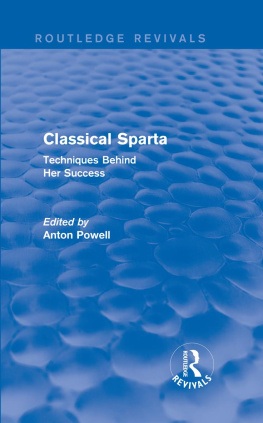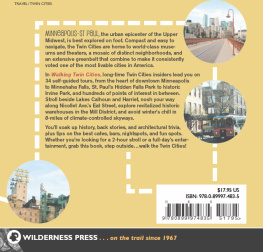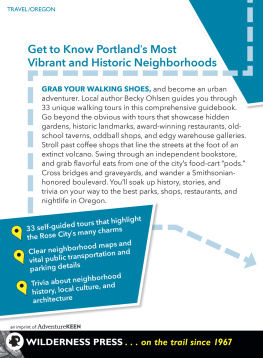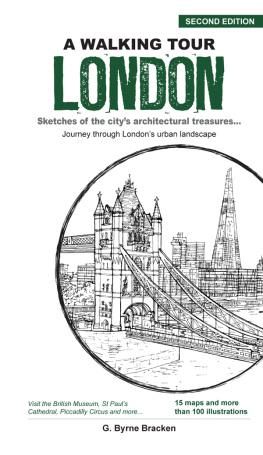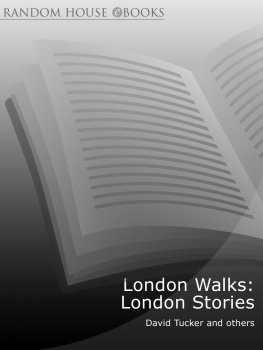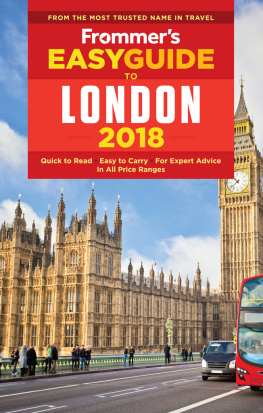

The author and publisher have provided this e-book to you for your personal use only. You may not make this e-book publicly available in any way. Copyright infringement is against the law. If you believe the copy of this e-book you are reading infringes on the authors copyright, please notify the publisher at: us.macmillanusa.com/piracy.
Contents
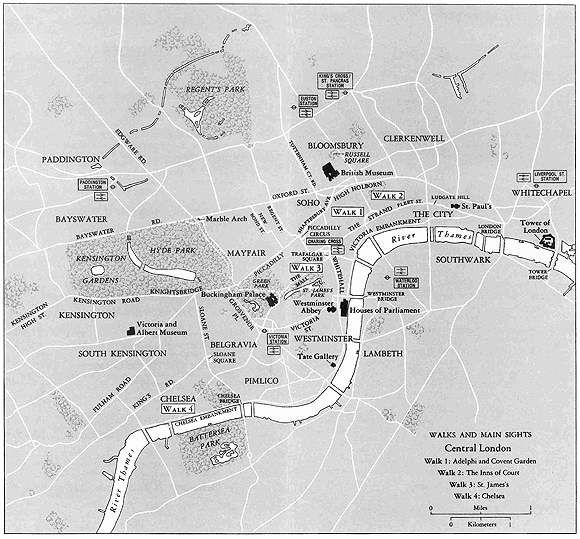
Acknowledgments
Although there were many people who helped me, there is space to mention only a few. Dr. Sarah Potter read the whole of my manuscript patiently, promptly and with a scholarly eye. Jane Fallis contributed important improvements to its style. Alan Myers gave professional help on points of law, and Dr. David Tucker advised on the subject of Dickens. Pam Wierengo and Madge Caro put their wide knowledge of Chelsea at my disposal. Tony Sympson told me about the history of Goodwins Court, the seventeenth-century street which he and his family have preserved. Holly Brennan gave efficient and courteous help in the Chelsea Public Library.
Almost every writer on Londons history is, or ought to be, deeply indebted to the many-volumed Survey of London, now published by the Greater London Council. After inspecting the often fanciful works of local historians, I found it a frequent pleasure and relief to turn to the Survey, with its meticulous attention to sources. Also valuable were Thea Holmes Chelsea and Kellow Chesneys magnificent book The Victorian Underworld a factual guide to the seedy glamour of Dickenss London.
I owe an unusual debt to Susan and Julia Poate, who first aroused my interest in London. Friends in the American media to whom I have special reason for gratitude are R. W. Apple, Jr., William A. Davis and Rod MacLeish. Ian McCannah of the organization London Walks has given support in innumerable ways.
Finally, my thanks to the patient editors at New Republic Books, Joan Tapper, who began the editing of this book, and Marc Granetz, who finished it.
Introduction
This book aims to show you places that visitors rarely find, and which British people themselves often know little about. Most of London is still undiscovered. There are pubs gleaming with Victorian mahogany and etched glass that have no signs to inform you of their age. In Covent Garden, one of the areas we shall visit, whole streets are still lit by nineteenth-century gaslights, yet no one pays them much attentionthe local people dont notice because the lights are perfectly efficient (that is why theyre still there); and visitors usually dont see them because most of Covent Garden, like all the districts we shall look at, is off the well-traveled tourist routes.
Ive tried to make this book a good read for home or hotel, and also an accurate guide on the ground. It contains four walks, each taking about 2 hours, a pace which allows you to look at places in proper detailat metal cones by house doors used for putting out torches in the eighteenth century, at tiny windows barred against nineteenth-century child thieves, at forgotten courtyards and at specialty, sometimes eccentric, businesses.
London has to be discovered on foot. Trying to learn about it from a tourist bus or a car would be rather like trying to learn about the United States from a plane. The views would be interesting and often magnificent, but it would be hard to find out much about the people and their history.
Guidebooks, even some of the best, can be superficial if they try to cover huge areas of the city. Here is an example:
The narrow St. Jamess Place, opening on the west here, has a variety of pleasant old houses. Spencer House, on the left facing Green Park, is a large mansion in a classical style built in 1765 by John Vardy and restored in 1957 after war damage. No. 26, next to it, is a distinctive block of flats [apartments] by Denys Lasdun (1959).
Just three sentences for a fascinating seventeeth-century street that we shall be visiting. It was the street where, in the 1660s, a powerful royal mistress had an elaborate underground freezer for wine; where, in the 1820s, the artist who did the original and outrageous Tom and Jerry cartoons lived; and where you can also see the splendid, gaslit home of a famous politician who came to a tragic end in 1830. A street like this needs, and will get, pages to itself.
To help you find the places along the walks, I have often used measurement in yards (Ten yards farther, on the left). By a yard I mean just a longish stride. I hope this method is less frustrating than the more traditional guidebook vocabulary of nearby and farther down the street. After a while you will know whether my paces are shorter or longer than yours, and you can make the necessary adjustments.
Information and Advice
First Impressions
In almost any foreign country some things are better, some worse, than at home. On the first days of a vacation its easy to be either starry-eyed or unreasonably depressed. But you will soon notice trade-offs. In England, pubs, theaters and public transport are a big plus; restaurants less so. The public discipline of the British in forming queues (lines) on the pavement (sidewalk) is often admired, but their indiscipline on the roads is sometimes frightening. You will find, too, that the British think they are the ones who speak Englishtheres an old line about England and America being divided by a common languageeven though Americans often come closer to reproducing the English of Shakespeares day. There is a selected glossary of differences between the American and British dialects later in this chapter. Young peoples slang in Britain is largely American in origin, but you may find older peoples slang less familiar. For instance, to the young the police are often fuzz and sometimes even Feds, even though Britain has no FBI and is not a federation. For older folk the police can be rozzers or Old Bill. The word bobbies is now genteel, dated and rarely used.
British dress differs slightly from American. Women wear fewer slacks, raincoats and head scarves than in the States. Mens trousers are less colorful and are longer in the leg, and belts are less in evidence.
Feminism is less strong in Britain than in the States, and the womens groups that do exist are often dominated by Americans. On the streets, in advertisements and on British TV you will see more female flesh than in America. The British also tolerate more off-color jokes. America has inherited the Puritan tradition of the emigr Pilgrim Fathers. Remember that the British are descended from the folks who stayed behind.
In Britain, as in much of Europe, safety in public is taken for granted and rarely mentioned. I cant remember ever having heard a British male say that there was somewhere in Britain he wouldnt walk. Unaccompanied women are more careful, though most will walk almost anywhere at any time. Purse-snatching is uncommon in the street, except for two or three areas far from the center of London and also a long way from the districts described in this book. But its worth guarding against purse-thieves on tube platforms; they operate just as the train doors are closing, and distract their victim by jostling her while rifling her purse.


